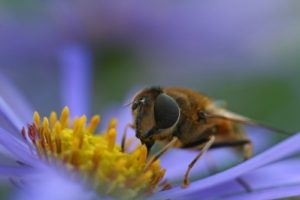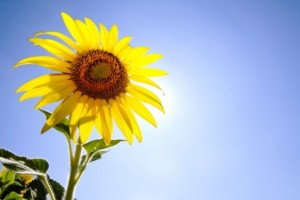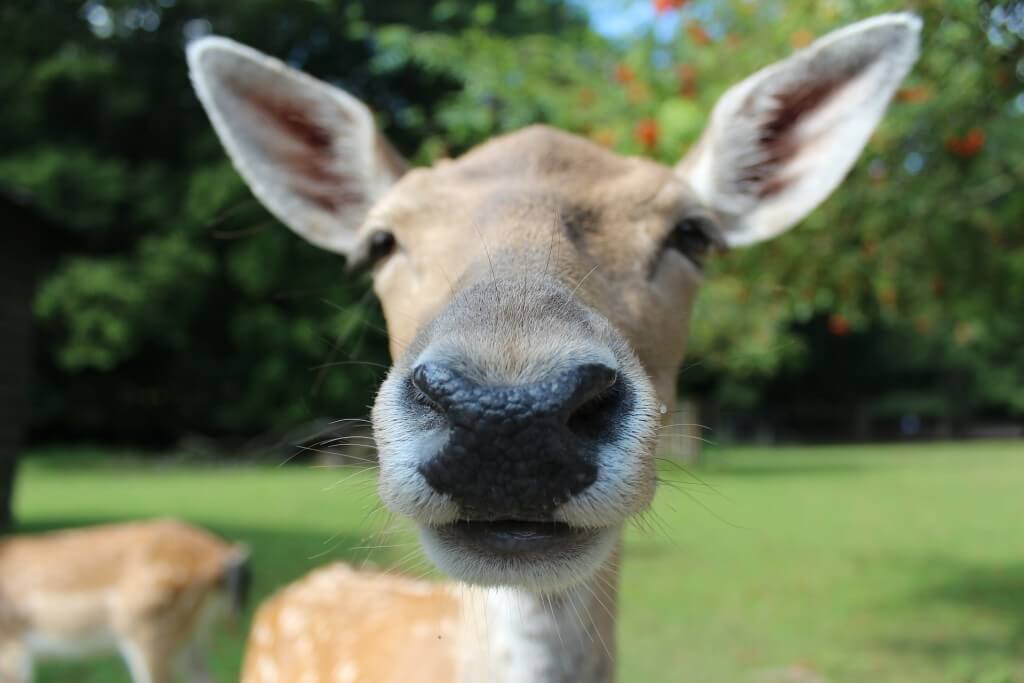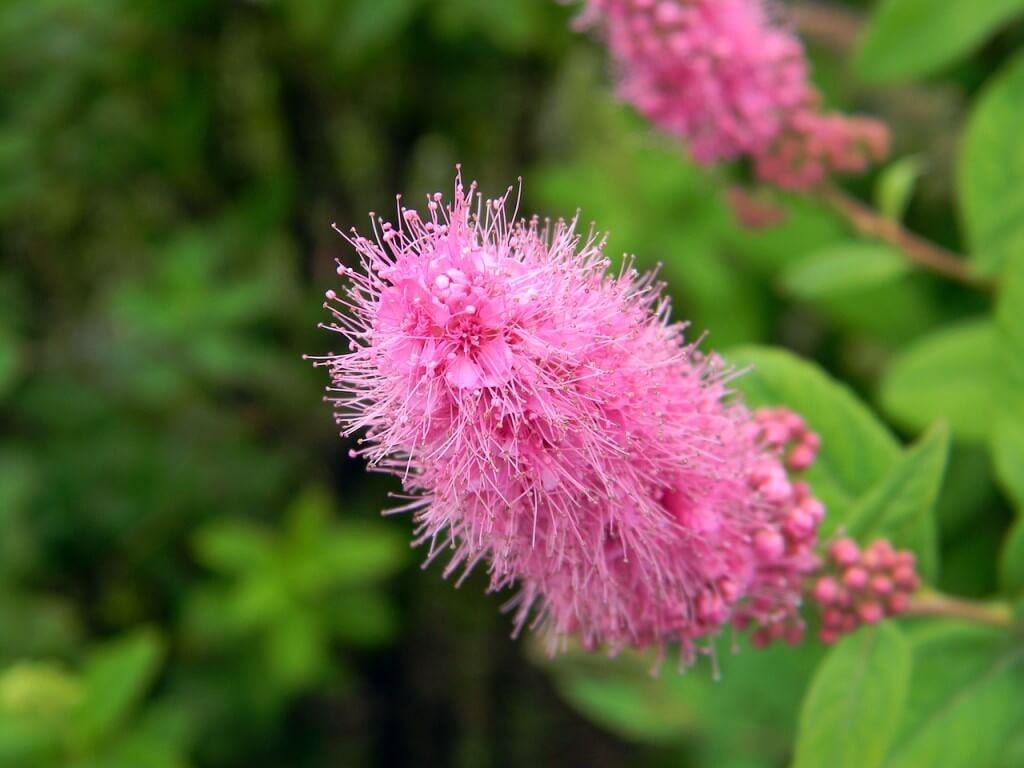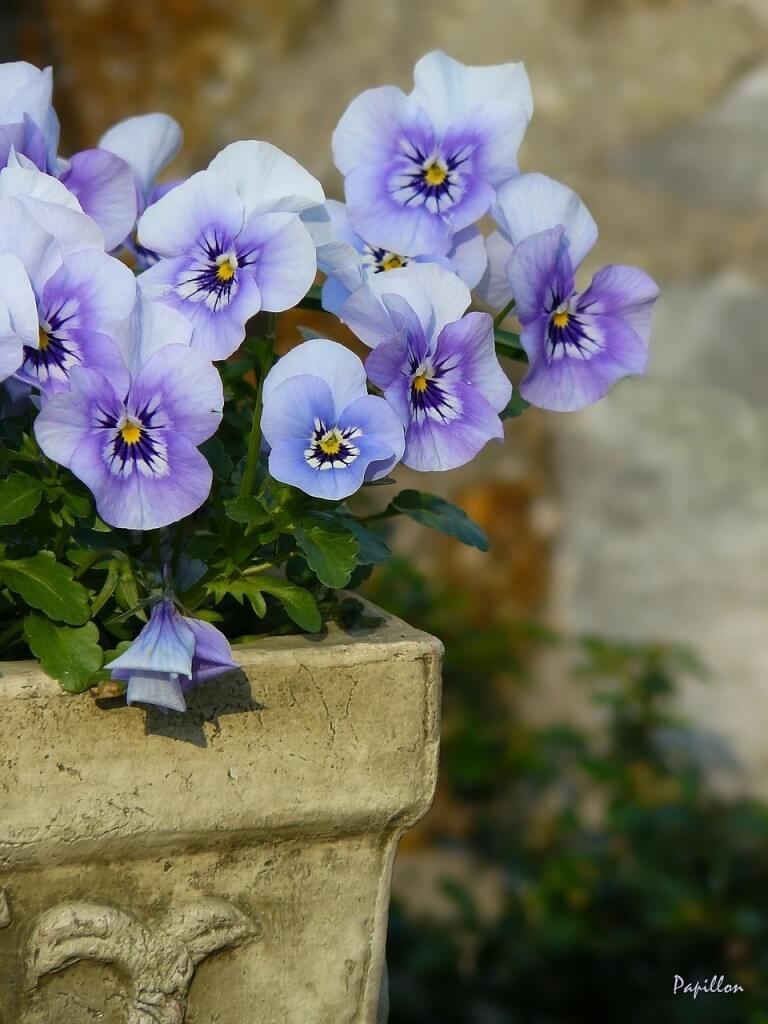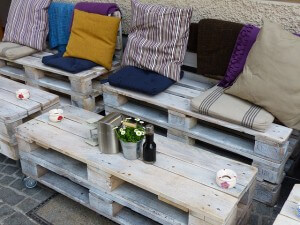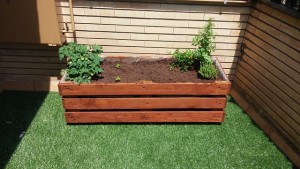Are you tired of deer tearing through your garden? Deer are like locust, emerging from nowhere to chew leafy crops down to the root. And summer is high season for these furry fiends. They need extra nutrition in the warmer months since many does are be pregnant or nursing and young bucks need energy to grow their magnificent antlers. So how can you protect your landscape from hungry deer? Plant their least favorite foods!
6 Deer Resistant Plants for Georgia Gardens
 Bear’s breeches. Towering like elegant centerpieces, this plant boasts light, attractive blooms and broad, glossy leaves. Bear’s breeches adds texture and height to the garden, it’s drought-tolerant, and deer find it unappealing to boot!
Bear’s breeches. Towering like elegant centerpieces, this plant boasts light, attractive blooms and broad, glossy leaves. Bear’s breeches adds texture and height to the garden, it’s drought-tolerant, and deer find it unappealing to boot!- Butterfly weed. Butterflies may flock to this vibrant orange perennial, but deer prefer to keep their distance.
- Caryopteris. Do you love unusual flowers with eye-catching texture? This cool-toned shrub will continue blooming long after other bushes have spent their blooms.
- Chrysanthemum. A fall-blooming beauty that comes in a variety of dark, rich, and warm-hues, chrysanthemums put off a strong floral bouquet . . . and deer wrinkle their noses at their natural perfume.
- Crocosmia. If you love tropical beauties, plant crocosmia. With its long, elegant arrays of tropical orange blooms, it’s a perennial eye-catcher that will remind you of the beach (and drive off deer).
- Goldenrod. Do you need to fill bare places in the garden? Goldenrod is a good choice for adding depth to flowerbeds, filling vases, and encouraging deer to find a meal elsewhere.
At Whispering Springs Nursery, we specialize in deer resistant plants. For more tips on keeping deer out of the landscape, visit our gardening center in Jasper, GA.



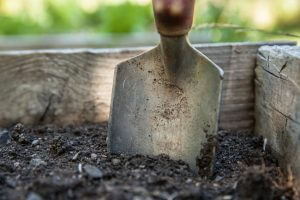
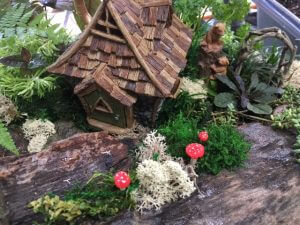
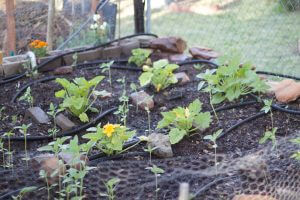 Water
Water